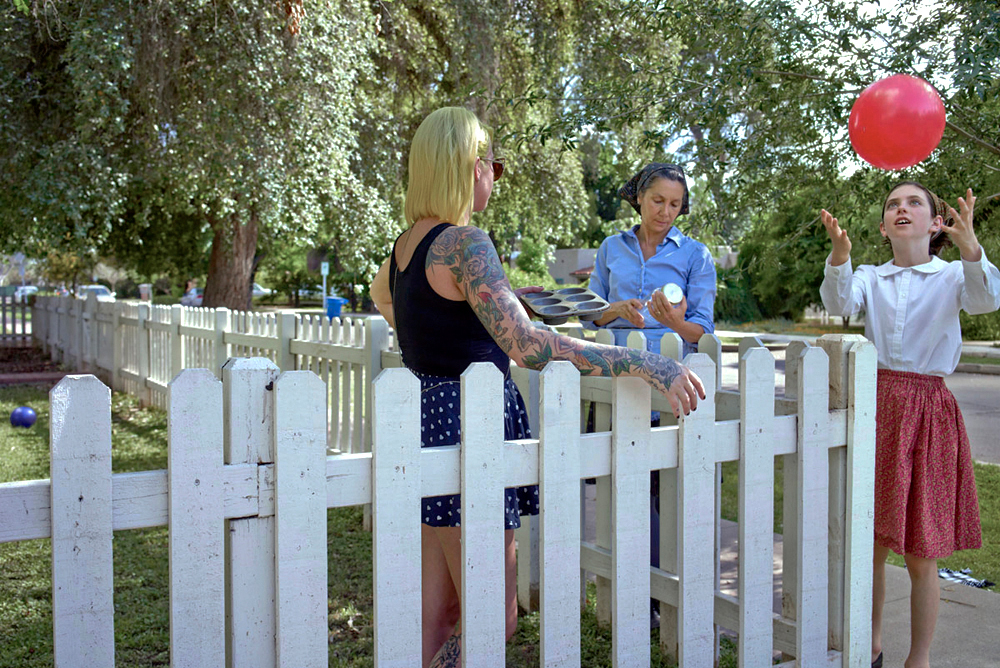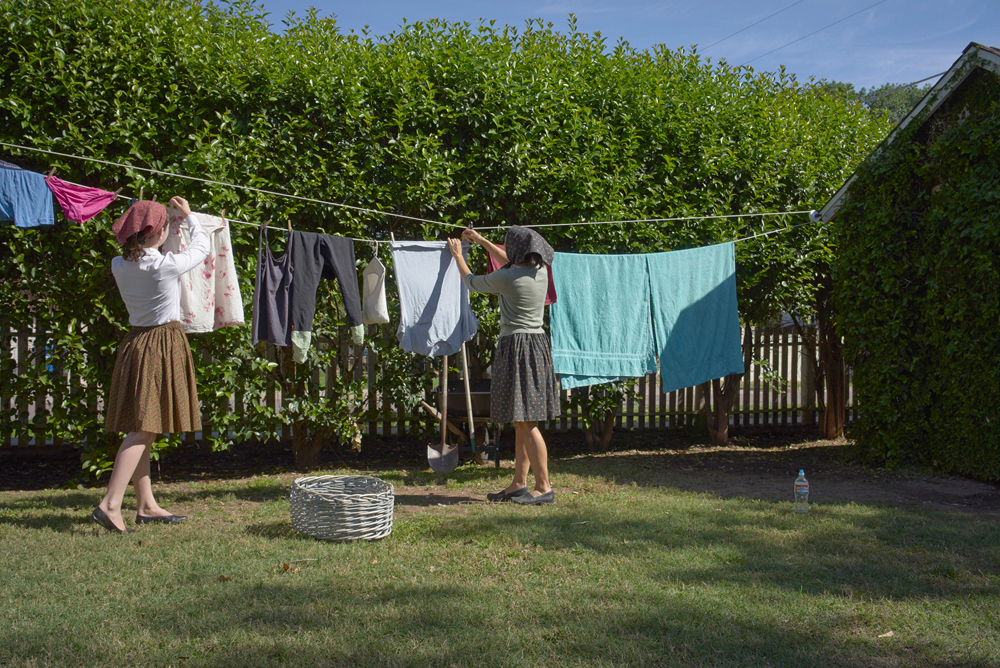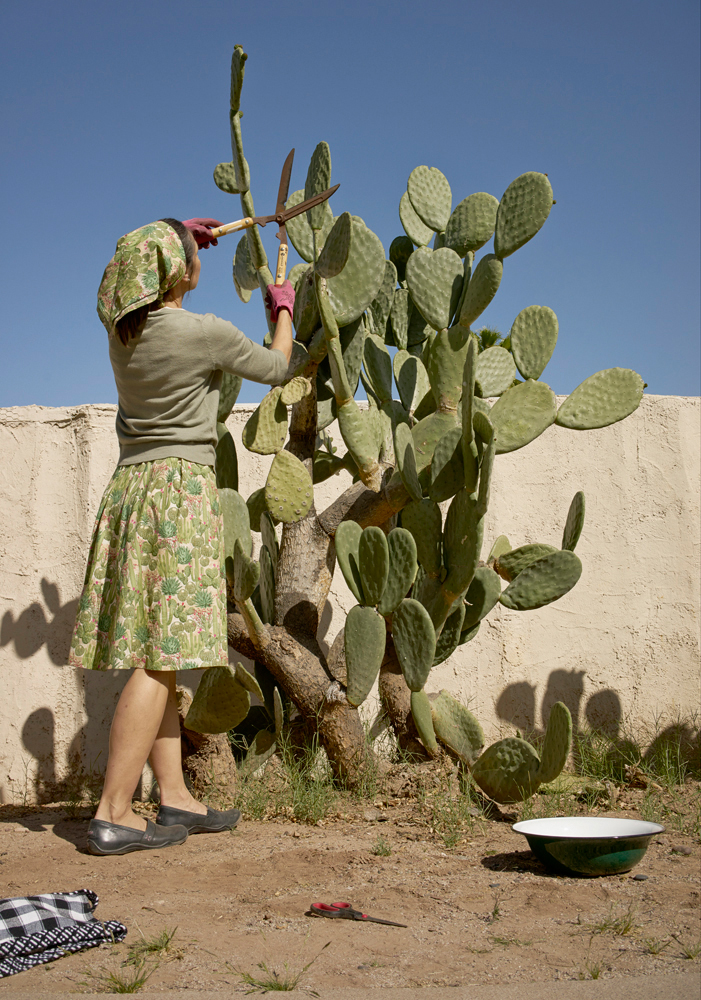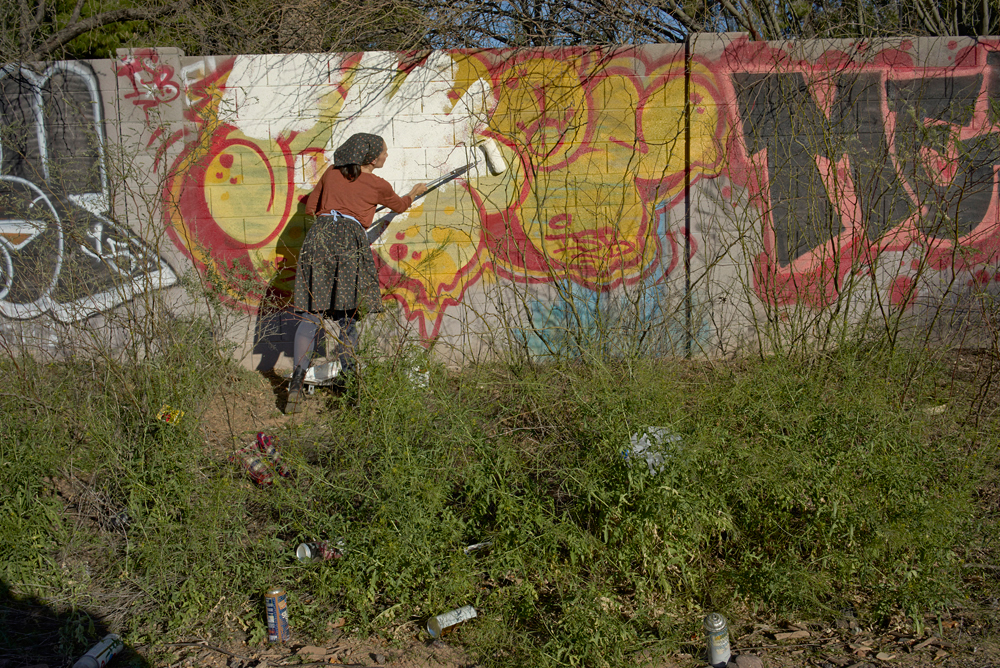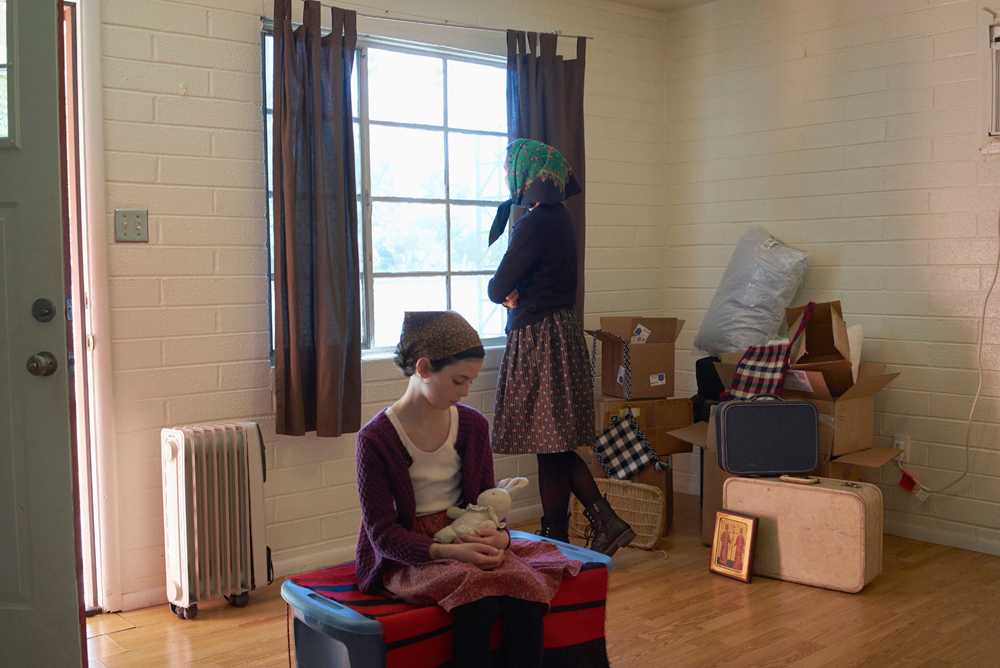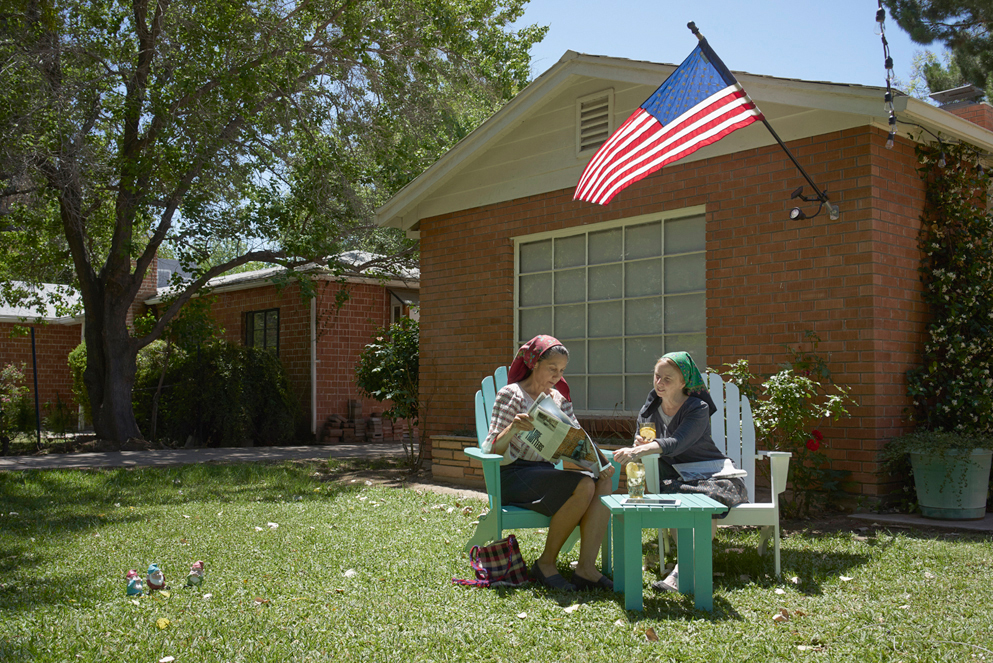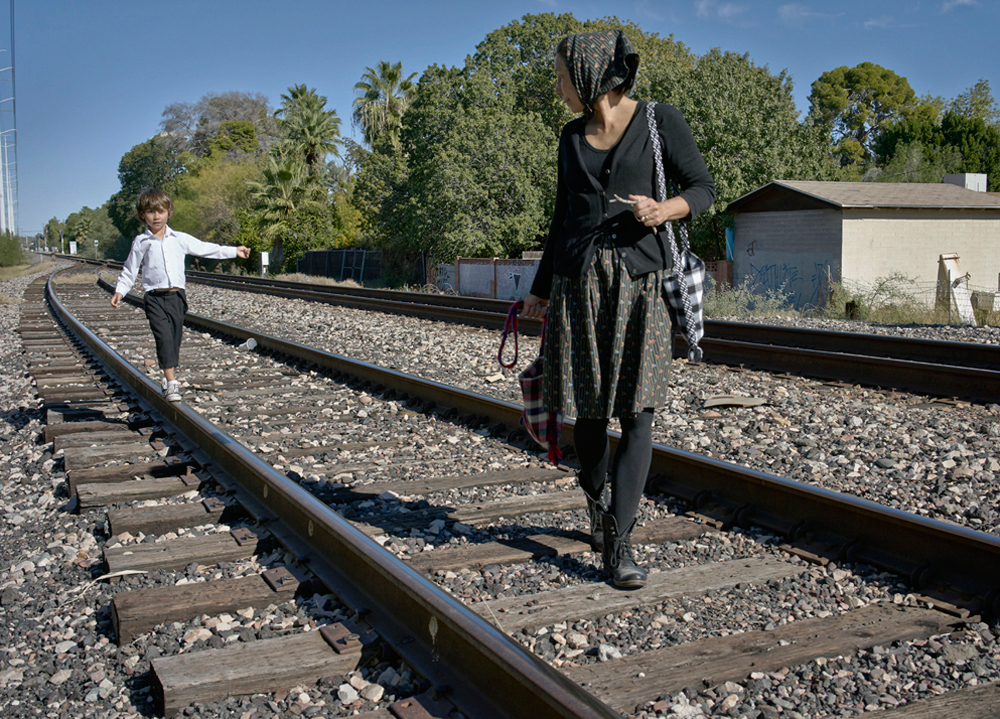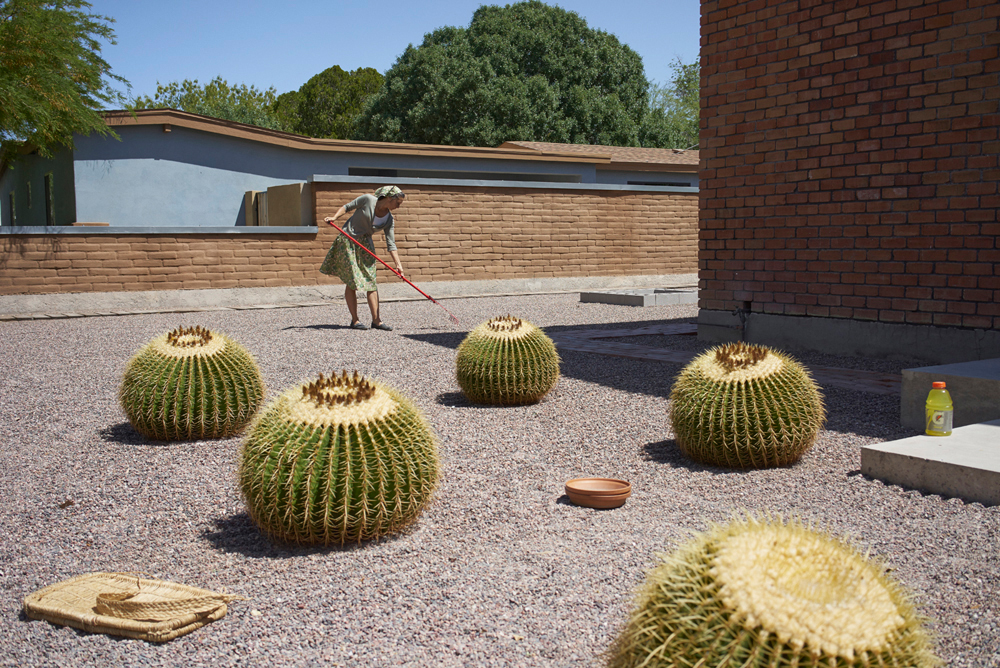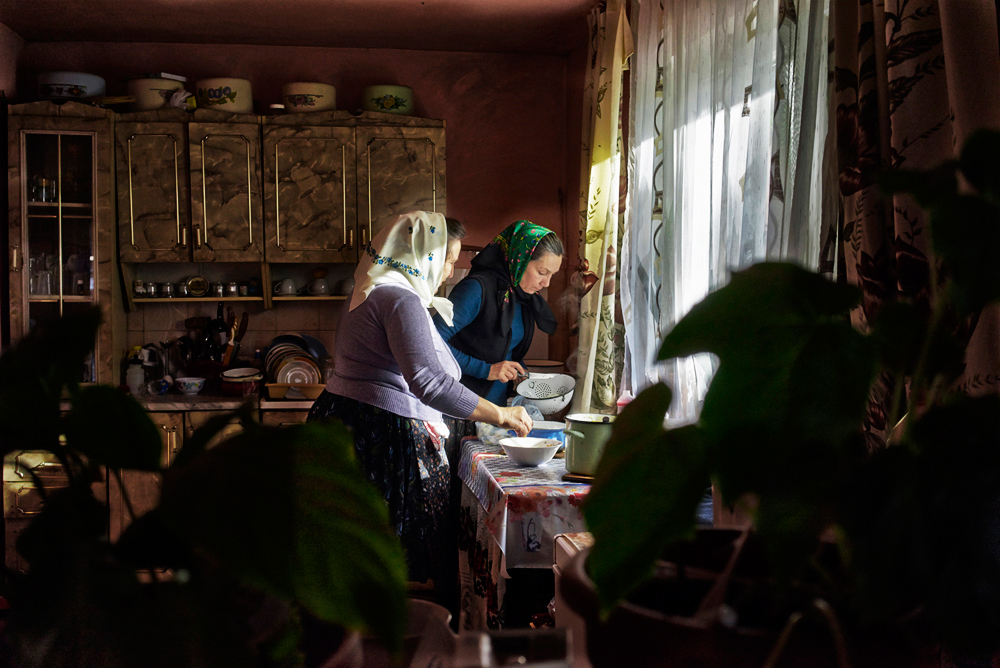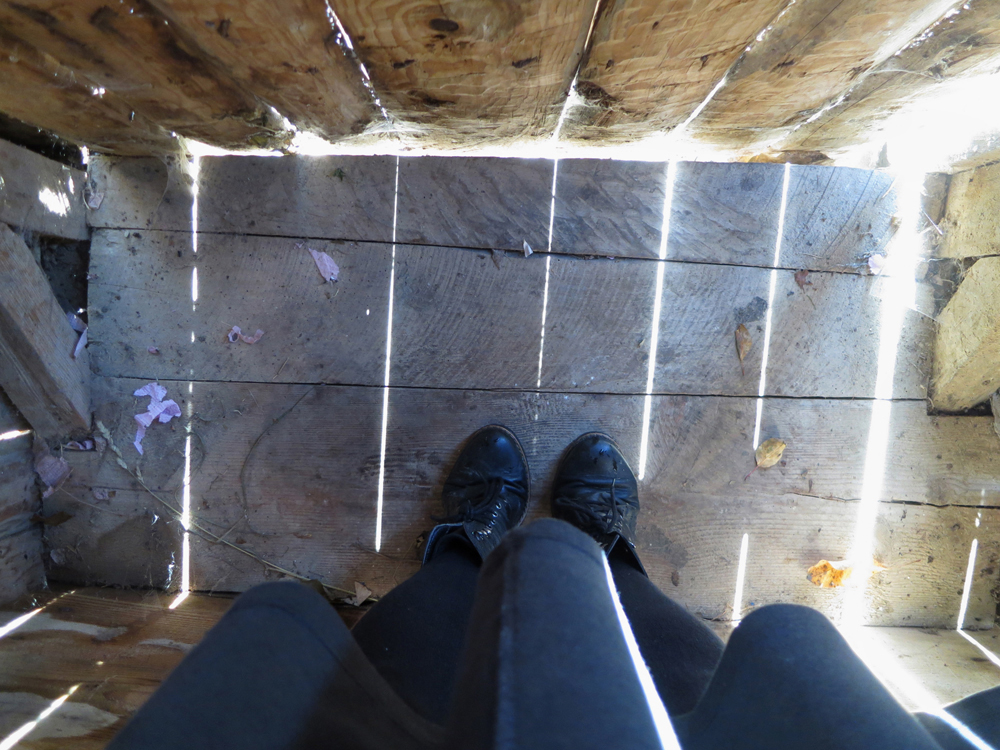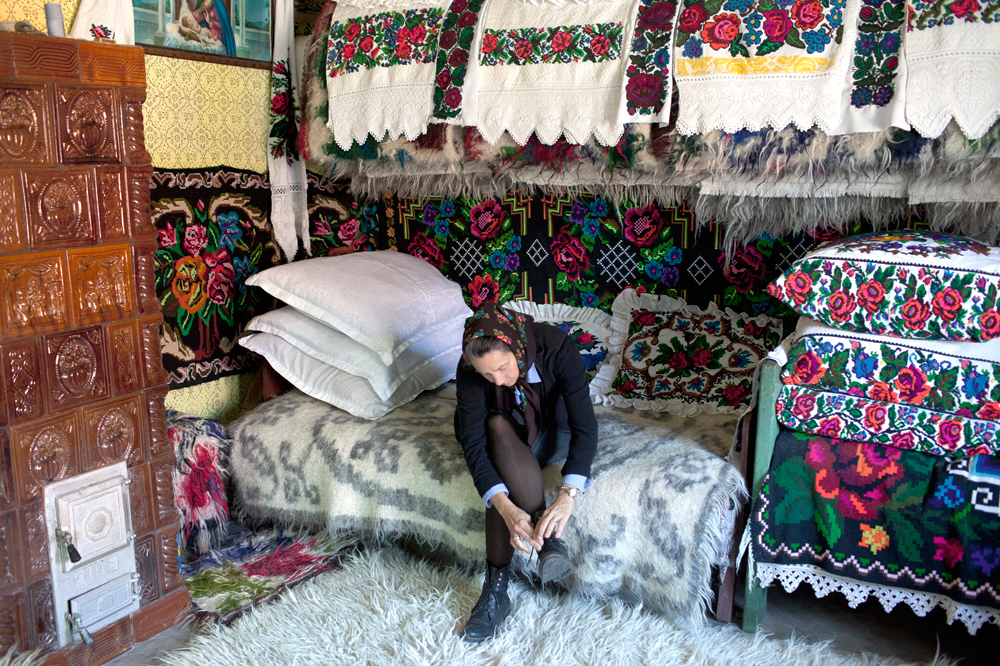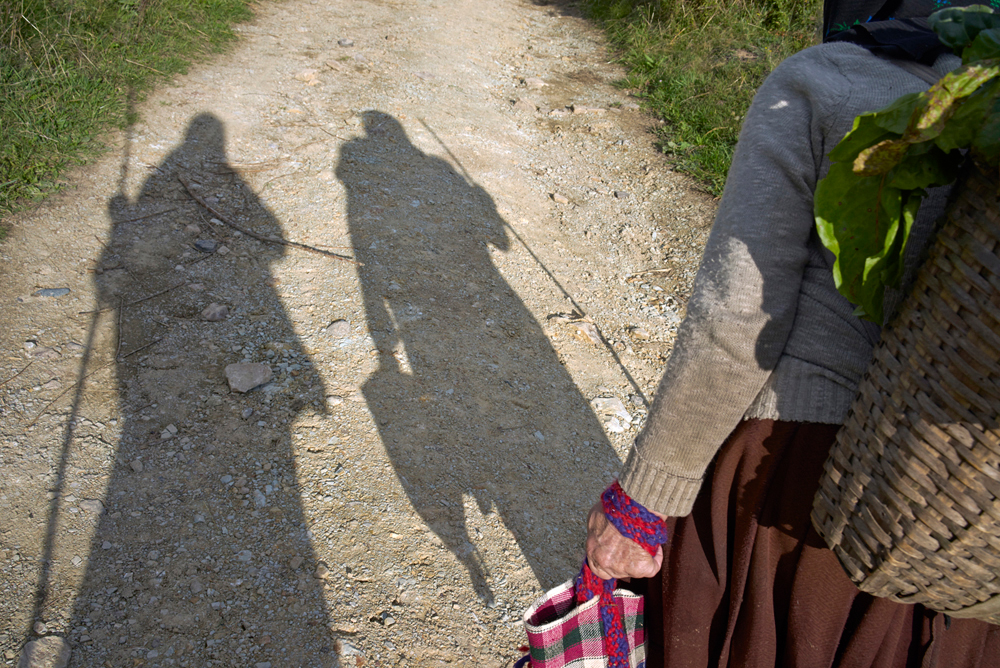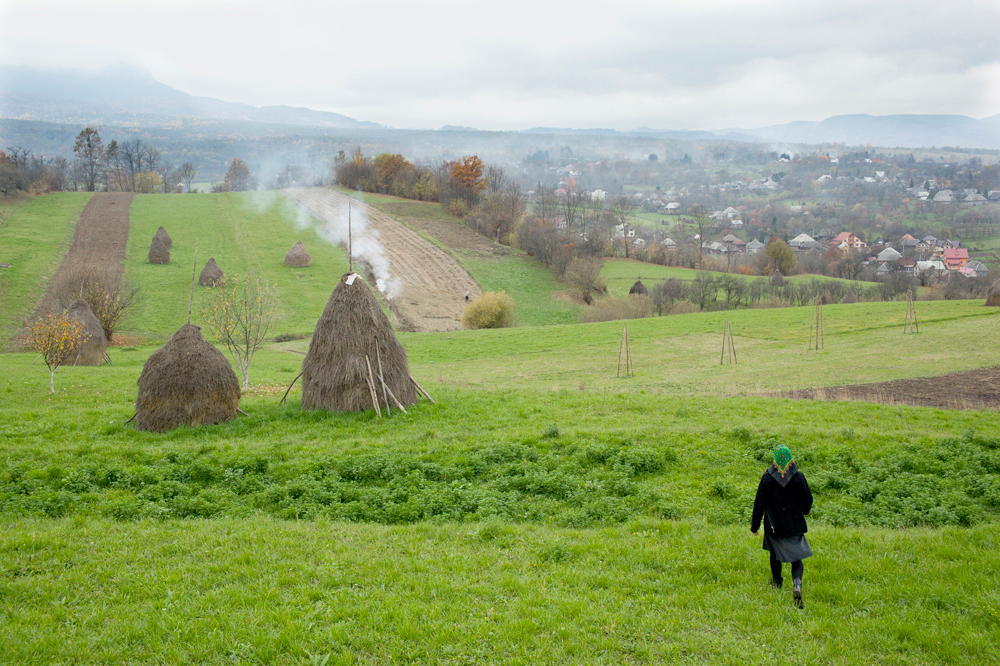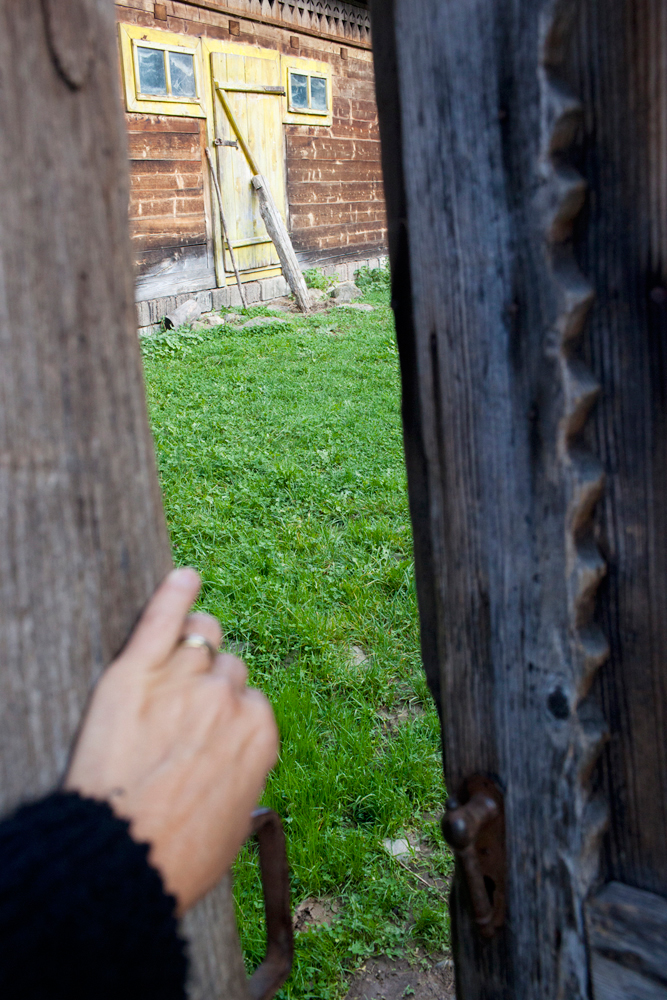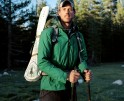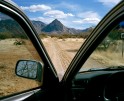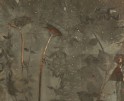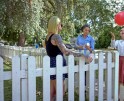Emily Matyas: The States Project: Arizona
I was born in the United States of America but spent the majority of my youth growing up overseas. I did not return to live in the United States full-time until I was sixteen years old. Moving every three years of my life and finally returning to live in the United States gave me an opportunity in my youth to consider my identity and what it meant for me to be American. I am American by birth, but I have easily assimilated into other cultures as if they are my own. I had to, and now I relish that opportunity when it is presented. The combination of research and identity into one’s heritage is what has drawn me to take a closer look at the work of Emily Matyas.
Emily’s work brings to life the common phenomenon in today’s global culture of feeling dislocated from one’s cultural heritage: being from one place but feeling of another. Emily is American, yet her family heritage belongs to Romania. With respect for and acknowledgement of her ancestors, she puts herself as close as she can to walking in their shoes. Through her series, I Am My Ancestors, Emily travels to Romania and immerses herself in the culture of a village in northern Romania. Participating in the daily routine and chores, similar to what her grandmother and grandfather might have experienced, brings her closer to understanding what her family might have left behind in Romania. Taking this concept a step further, Emily’s series I Am My Ancestors: Coming to America explores what it might be like for a Romanian immigrant in the United States. As she places herself into stories of her grandparents’ experience in the U.S., we see a clash of cultures and the difficulty and humor of assimilation, while trying to maintain traditions.
Matyas’ work has been exhibited widely and collected by organizations such as The Museum of Fine Arts, Houston. She received the Julia Margaret Cameron Award in 2010 and has appeared on TV twice in conjunction with her photography. She has worked extensively as an instructor for children’s photo workshops and also as a college professor. Currently, she divides her time between her own artwork, her start-up, online magazine, and volunteering for Free Arts, a local non-profit that benefits abused and homeless children.
My two projects, I Am My Ancestors and I Am My Ancestors: Coming to America, are counterpoints to each other. The first takes place in Romania, and the other in the United States. In both, I’m using self-portraiture and fictional narrative to address issues that interest me – cultural identity, traditional lifestyles, immigration, women’s roles and family heritage. Both are stories that have roots within my own family’s experiences, and both take place in real people’s homes, yards or fields. However, events aren’t necessarily true.
I had the opportunity to photograph in Romania in the fall of 2013 and again in 2015, when I accompanied a good friend and colleague to a small community in northern Romania, near where my grandparents had lived. All my life I have been curious about the Romanian side of my lineage, but have had little information about it. My father’s early death, discrepancies in family stories, and a lack of documents, especially photographs, have limited my knowledge. And although I felt a distant kinship with the people I met in Romania, my lack of familiarity with their customs and the language made it evident; I was of this place but not from it.
But I wanted a deeper understanding of the culture. I wondered if I could become a part of it. So I decided to dress as they do, and immerse myself into the daily life there. As I made pictures of the villagers and their homes, it occurred to me that – somehow – I am them, and yet, I am not. With these thoughts in mind, I included myself in the photographs, creating images from possible memories, and events that might have been.
As a continuation of the Ancestors story, I began my project, Coming to America, at my current home in Arizona. Again, I am photographing myself dressed as a Romanian peasant, and the images come out of family experience, but this time, they take place after my grandparents came to the new world and after my father was born. Some of the photos echo the stories I’ve heard about their first experiences in America. Others follow a ‘what if?’ scenario, involving contemporary situations, and life in the Southwest. These images seem to happen without regard to time, place or incident.
Maybe it is hardwired in humans to want to understand those who have gone before us; to know what made them laugh, what their work was like, or what rituals were important to them. For me, at least, being able to connect with this place in Romania, and these people who exemplify my heritage, adds detail to the scope of my identity. And experiencing this rural lifestyle, basic to us all, helps satisfy my urge to understand a collective human past.
Posts on Lenscratch may not be reproduced without the permission of the Lenscratch staff and the photographer.
Recommended
-
Michael Matthew Woodlee: The States Project: ArizonaSeptember 11th, 2016
-
Serge J-F. Levy: The States Project: ArizonaSeptember 10th, 2016
-
James Hajicek and Carol Panaro-Smith: The States Project: ArizonaSeptember 9th, 2016
-
Ryan Parra: The States Project: ArizonaSeptember 8th, 2016
-
Emily Matyas: The States Project: ArizonaSeptember 7th, 2016

